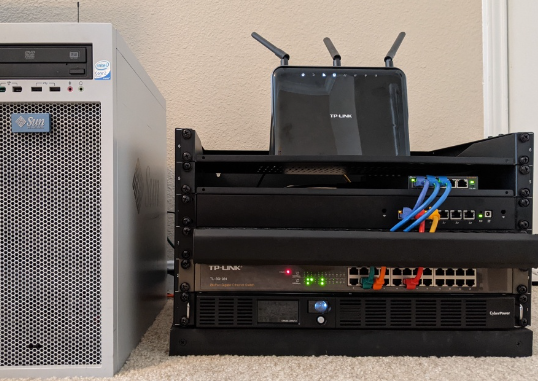Setting up a network server at home is an increasingly relevant skill as more individuals seek to strengthen their digital infrastructure for work, entertainment, and personal projects. With remote work on the rise, a personal server can provide better file sharing, secure backups, and even hosting services that enhance productivity and leisure. This guide will walk you through the essential steps to create your own home network server, making it accessible for various uses.
Understanding Server Basics
Before diving into setup, it’s crucial to understand what a home server is and how it differs from a regular computer. A server is designed to manage network resources, store data, and facilitate communication between devices. Unlike typical home computers that focus on individual tasks, servers operate continuously, offering services like file sharing, media streaming, or web hosting. Familiarizing yourself with these concepts helps clarify the benefits and potential configurations of your home server.
Choosing the Right Hardware
The next step involves selecting the appropriate hardware for your server. Depending on your intended use, you can choose between repurposing an old computer, purchasing a dedicated server machine, or utilizing a single-board computer like a Raspberry Pi for lightweight tasks. Consider the specifications—such as CPU, RAM, and storage capacity—needed for your server applications. Additionally, ensure that your hardware is energy-efficient if you plan to run it continuously.
Installing Server Software
Once you have your hardware ready, the next step is installing the server software that will facilitate your necessary services. Popular choices include FreeNAS for file storage, Plex for media streaming, and various Linux distributions for more advanced configurations. The installation process usually involves downloading the software, creating a bootable installation media (like USB), and following the on-screen instructions. After installation, configuring the software settings according to your needs is the key to optimizing performance and ensuring security.
Setting up a network server at home can significantly enhance your digital life, providing you with more control, flexibility, and functionality. Whether for work, entertainment, or personal projects, embarking on this journey not only improves your technical skills but also transforms how you use technology. Dive deeper into the world of home servers and explore the possibilities that await you!

